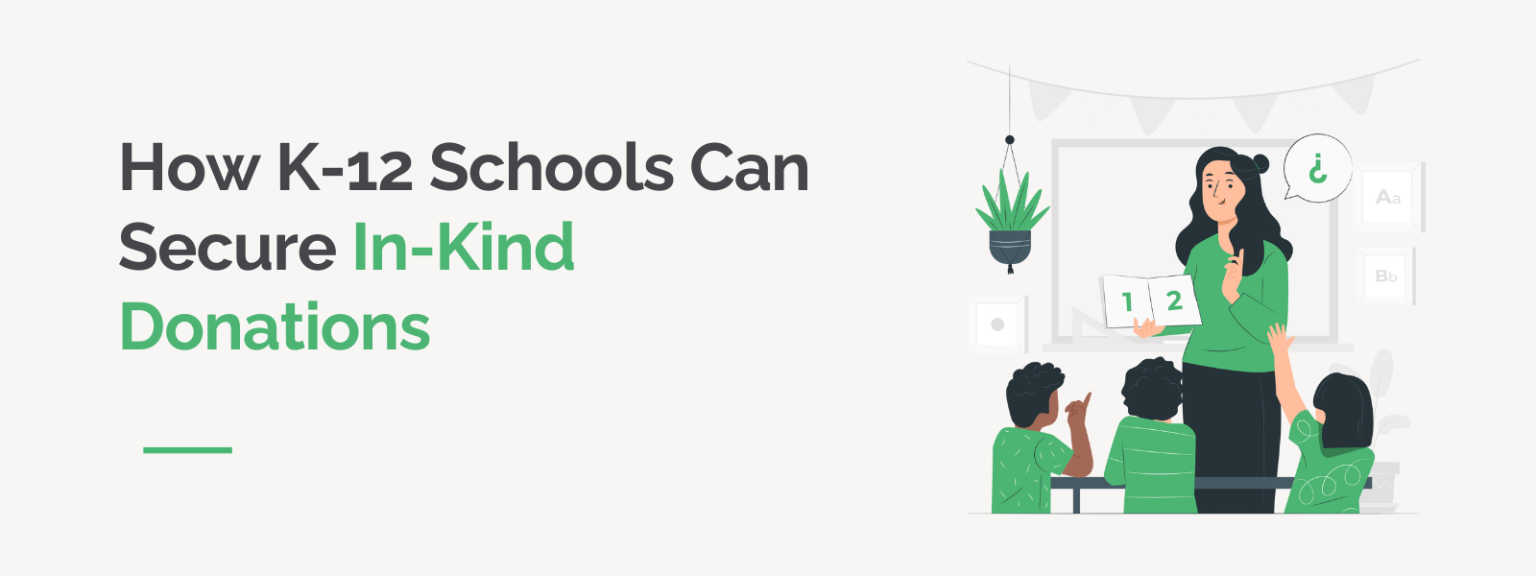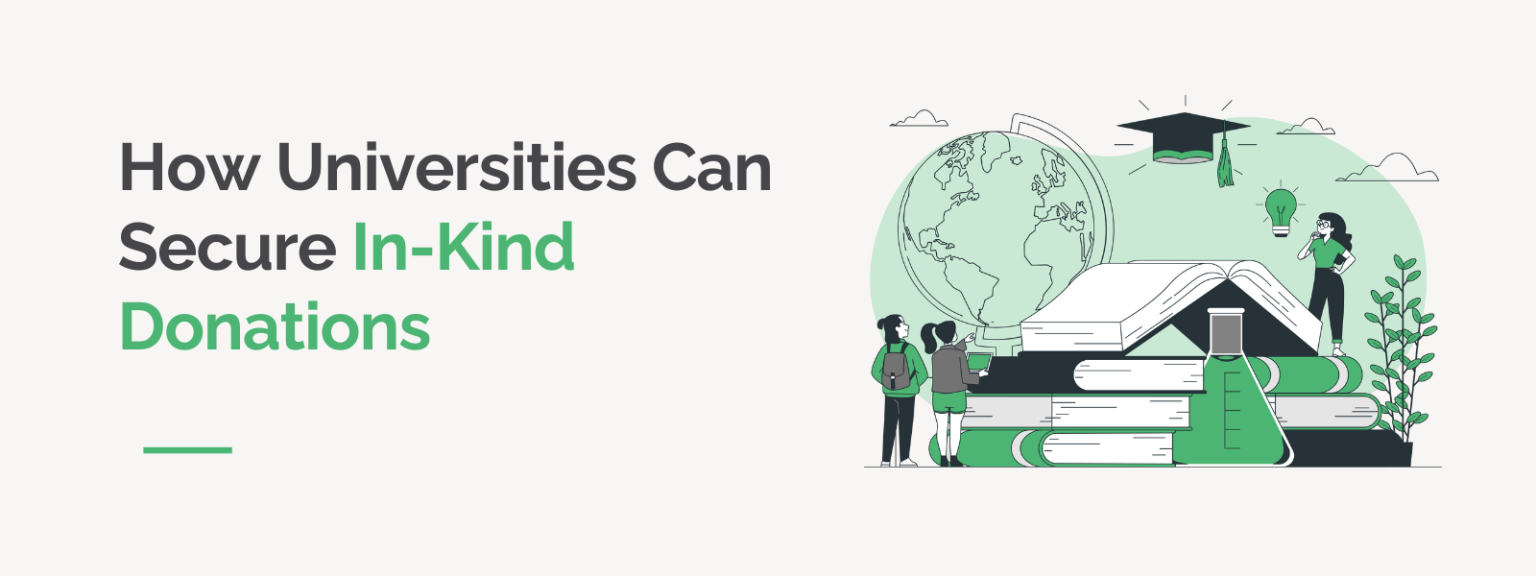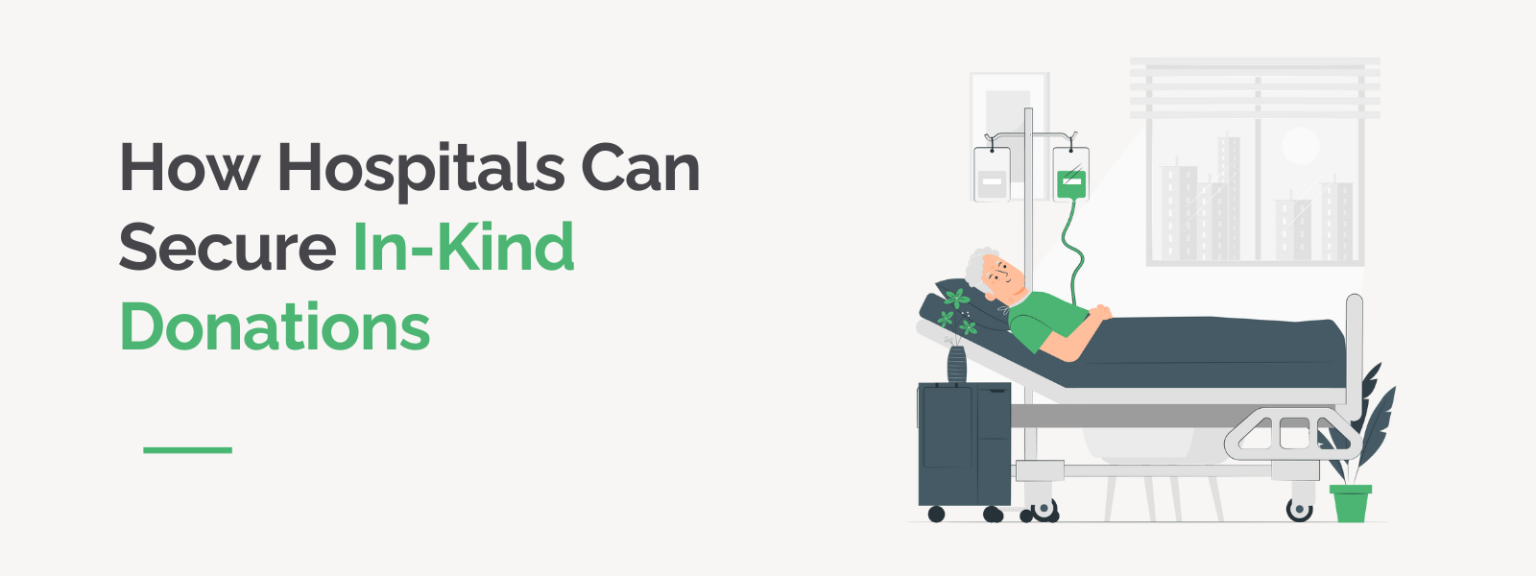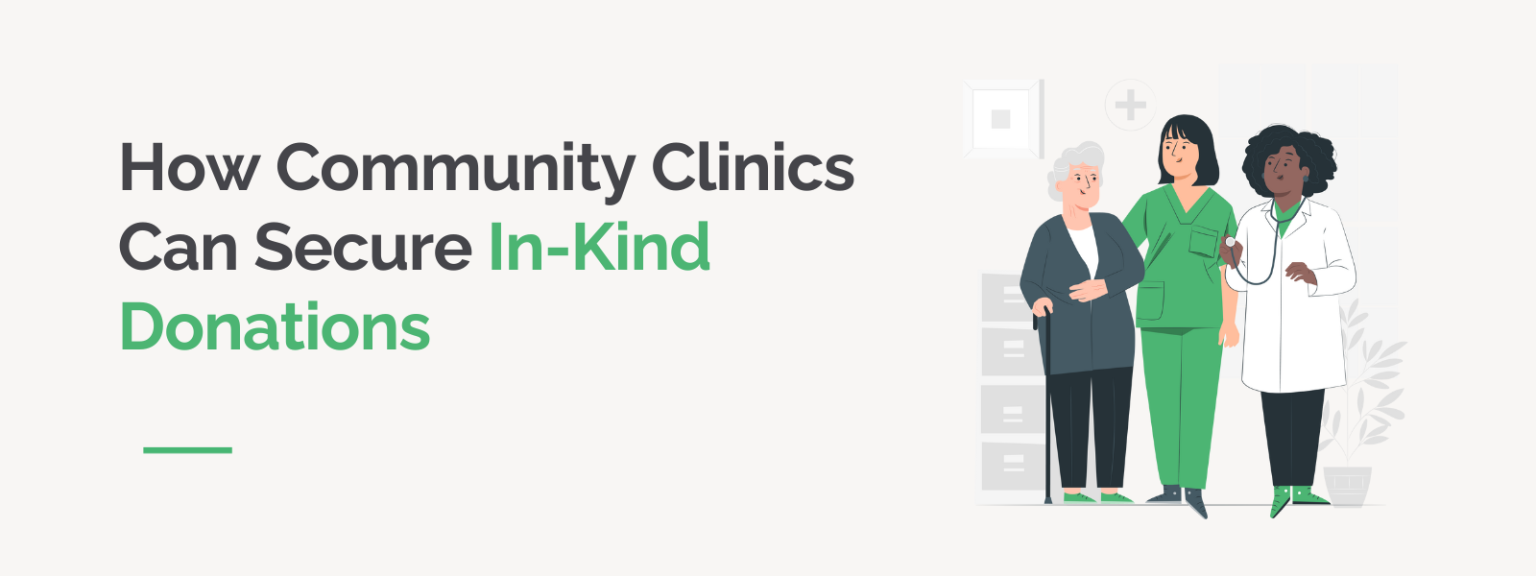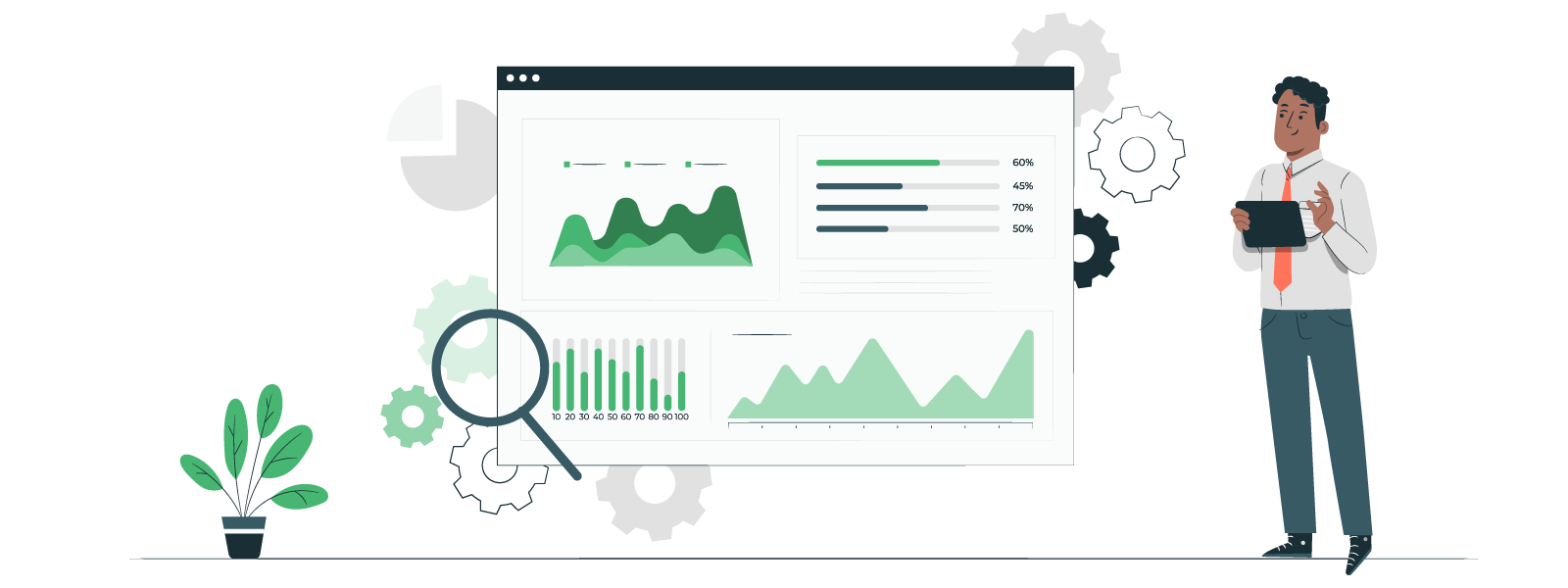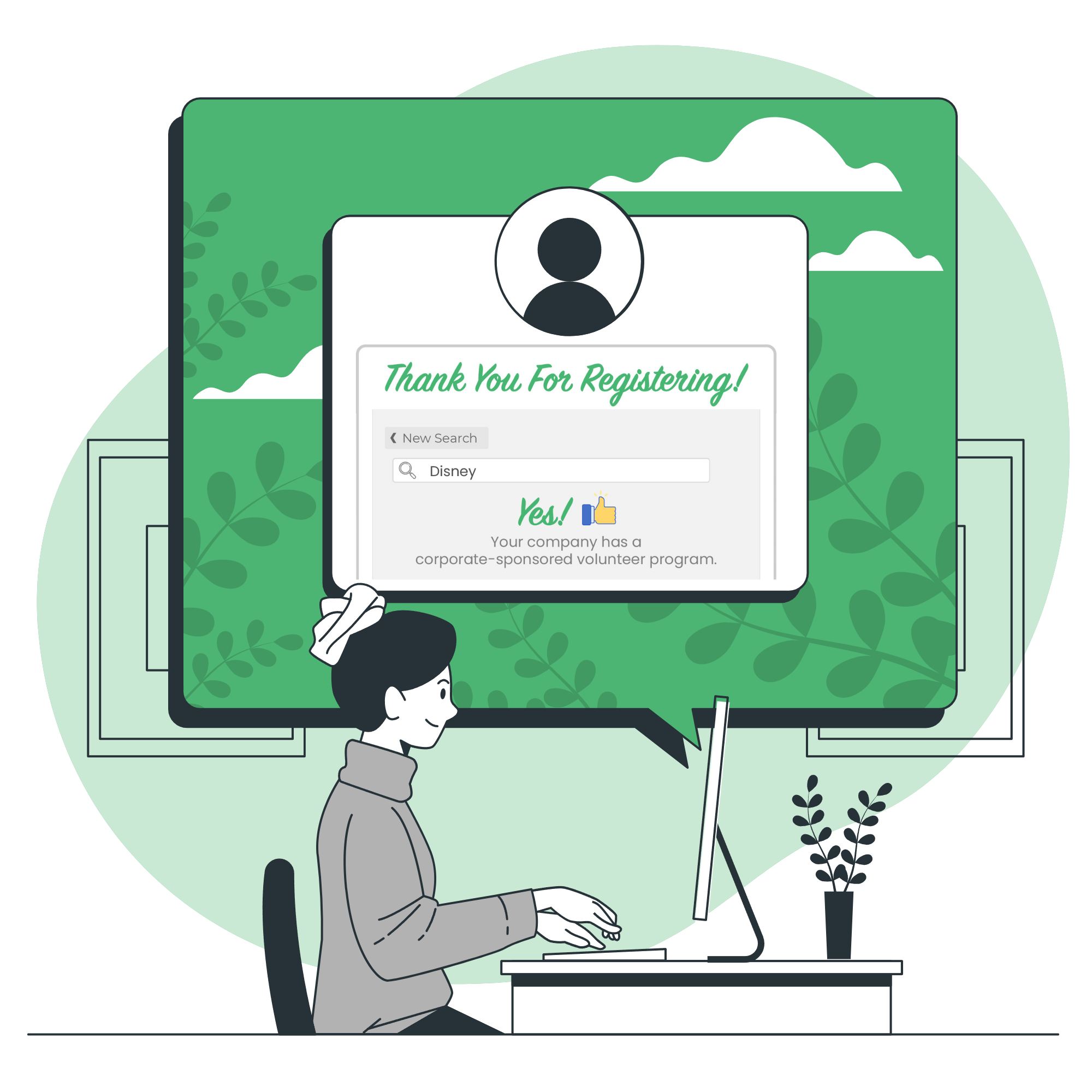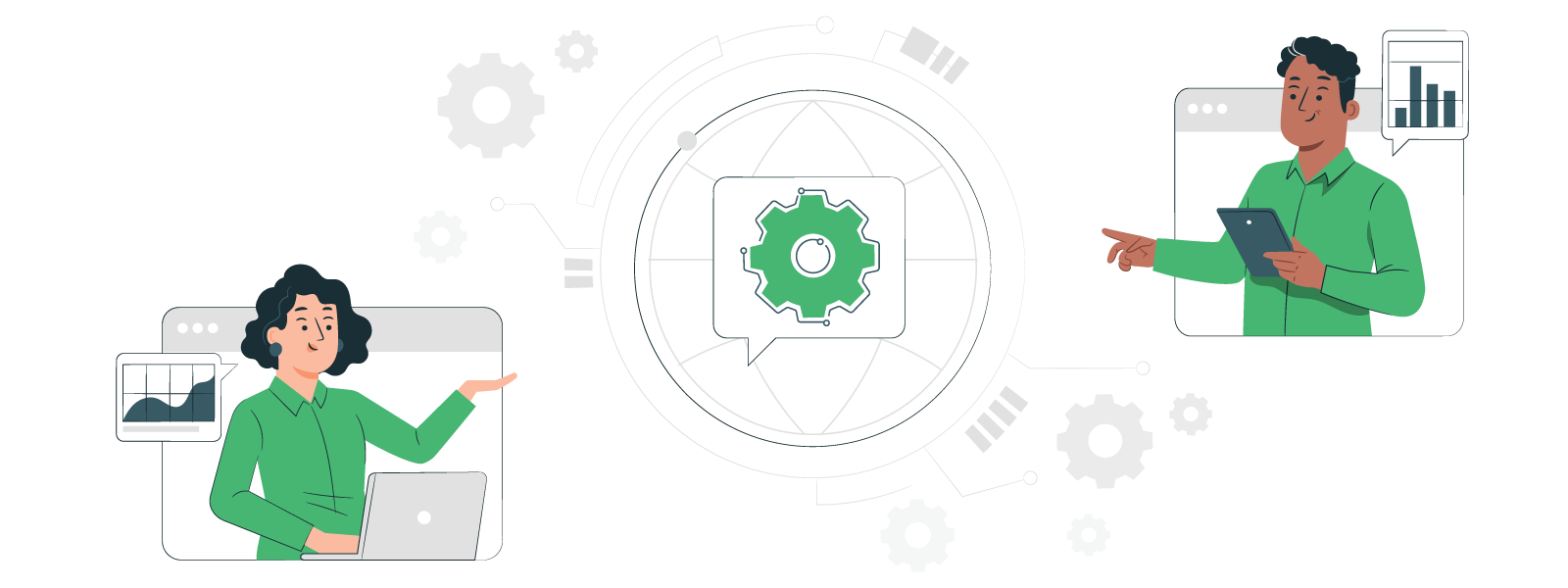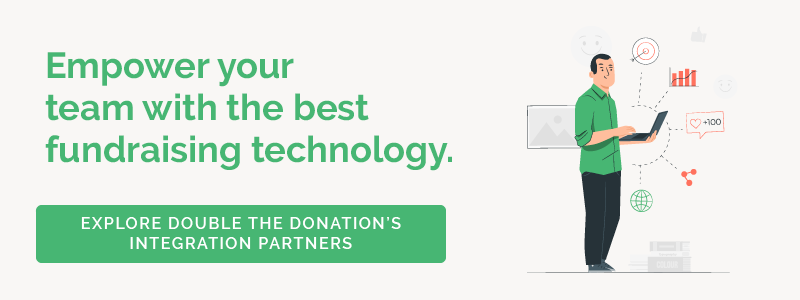How K-12 Schools Can Secure In-Kind Donations
In-kind donations are a vital resource for K-12 schools seeking to enhance their educational programs and support services without stretching their limited budgets. Unlike traditional cash gifts, in-kind donations consist of goods or services provided directly to the school, which can range from essential classroom supplies to technology and even food for after-school programs. These contributions help schools meet immediate needs while freeing up financial resources for other critical areas.
Understanding how to effectively secure in-kind donations requires a strategic approach tailored to the unique needs of K-12 schools. By identifying relevant donation opportunities, building strong relationships with corporate partners, and communicating the value of these gifts, schools can maximize their impact and create sustainable support networks.
This article will guide nonprofit professionals working with K-12 schools through the essentials of in-kind donations, offering practical advice and actionable insights.
Table of Contents
- What Are In-Kind Donations for K-12 Schools?
- Types of In-Kind Donations for K-12 Schools
- Where K-12 Schools Should Look for In-Kind Support
- How K-12 Schools Should Make the In-Kind Donation Ask
- Tools and Resources to Help K-12 Schools Get Started
What Are In-Kind Donations for K-12 Schools?
In-kind donations refer to non-cash gifts provided to nonprofit organizations, including goods, services, or expertise that support their mission. Unlike monetary donations, which offer flexible funding, in-kind gifts are specific items or services that directly fulfill an organization’s operational or programmatic needs. These can include anything from office supplies and equipment to professional services, such as legal advice or event catering.
For nonprofits across all sectors, in-kind donations serve as a valuable complement to cash contributions by reducing expenses and enabling organizations to allocate funds elsewhere. They also foster community engagement by involving donors in tangible ways that showcase their support.
When it comes to K-12 schools, however, in-kind donations take on a particularly important role. Schools often face budget constraints that limit their ability to purchase necessary materials and resources. In-kind gifts such as computers, textbooks, and art supplies directly enhance classroom learning and extracurricular activities, helping to create a more enriching and equitable educational environment. Additionally, donations like snacks or sports equipment support student wellness and engagement beyond academics.
Because K-12 schools serve diverse student populations with varying needs, in-kind donations can be tailored to address specific challenges, such as providing backpacks and calculators to students from low-income families or securing auction items to boost fundraising events. By leveraging in-kind support, schools can stretch their budgets further, improve program quality, and build stronger community partnerships that align with their mission of fostering student success.
Types of In-Kind Donations for K-12 Schools
K-12 schools benefit from a wide range of in-kind donations that support both academic and extracurricular programs. Below are some of the most impactful types of gifts, along with explanations of their value:
Computers, Laptops, and Tablets
Technology donations are critical for bridging the digital divide and enabling students to access online learning resources. Providing devices helps schools implement blended learning models, supports homework completion, and prepares students for a tech-driven world. Donated computers and tablets can also be used in computer labs or loaned to students who lack access at home.
Art Supplies
Art supplies, including paints, brushes, paper, and craft materials, enrich creative programs that foster student expression and cognitive development. These donations enable schools to offer diverse arts education without straining budgets, supporting both classroom projects and extracurricular clubs.
Backpacks and Other Materials
Backpacks filled with school essentials are practical donations that directly support students’ daily academic needs. These items are especially valuable for students from low-income families, helping to reduce barriers to learning and promote equity.
Sports Equipment
Donations of balls, uniforms, and other sports gear encourage physical activity and team participation. Sports equipment supports after-school programs and physical education classes, contributing to student health and social development.
Textbooks and Books
Books and textbooks are foundational to academic success. Donated reading materials expand classroom libraries, support literacy initiatives, and provide up-to-date curriculum resources without additional cost.
Auction or Raffle Items
Donated auction or raffle items, such as gift baskets, event tickets, or branded merchandise, are invaluable assets for fundraising events. These contributions help schools raise more funds while engaging community members and corporate partners effectively.
Where K-12 Schools Should Look for In-Kind Support
Identifying potential sources of in-kind donations requires a strategic approach focused on alignment and community engagement. K-12 schools should begin by researching companies with corporate social responsibility (CSR) programs that prioritize education and community development. Meanwhile, local businesses that invest in their communities often welcome opportunities to support schools through donations and partnerships.
Below are some companies known for their in-kind donation programs that align well with K-12 school needs:
Office Depot
Office Depot frequently donates school supplies such as paper, pens, and organizational tools. Their support aligns with K-12 schools’ needs for classroom essentials and administrative materials. Schools can explore their community giving programs to request donations that help maintain well-stocked classrooms.
Staples
Staples offers a variety of in-kind donations, including office supplies, technology accessories, and printing services. Their commitment to education makes them a strong partner for schools seeking to enhance both learning environments and operational efficiency.
OfficeMax
OfficeMax provides donations of school and office supplies, often supporting back-to-school initiatives. Their products help schools equip classrooms and administrative offices, contributing to a productive educational setting.
Crayola
Crayola specializes in art supplies and creative tools, making them an ideal donor for schools looking to expand arts education. Their donations inspire creativity and support hands-on learning experiences for students.
Big Lots
Big Lots offers a broad range of products, including furniture, school supplies, and seasonal items. Their diverse inventory enables schools to request donations that meet a wide range of programmatic and facility needs.
How K-12 Schools Should Make the In-Kind Donation Ask
Making a successful in-kind donation request requires a thoughtful and strategic approach. Building long-term relationships with corporate donors is essential, as it fosters trust and increases the likelihood of ongoing support. As a result, aligning the school’s needs with the company’s mission and values creates a compelling case for partnership.
When reaching out, personalization is key. Tailoring the message to reflect the company’s past giving history or shared community goals demonstrates genuine interest and respect. Clearly stating what the school needs and how the donation will be used helps donors understand the impact of their gift.
It’s also important to communicate the benefits to the company, such as enhanced visibility, positive community goodwill, employee engagement opportunities, and potential tax incentives. Offering flexible giving options, whether physical items, services, gift cards, or event sponsorships, makes it easier for companies to say yes.
Finally, simplifying the donation process by providing a detailed wish list, shipping information, and a dedicated contact person reduces barriers and encourages prompt follow-through. Thoughtful stewardship and timely acknowledgment of donations further strengthen these valuable partnerships.
Tools and Resources to Help K-12 Schools Get Started
Securing in-kind donations can be a complex and time-consuming process, but dedicated tools can streamline research and outreach efforts. Many companies have established in-kind donation programs with open applications or preset request procedures, yet these opportunities are often scattered across multiple platforms and websites.
Using specialized resources helps K-12 schools uncover corporate giving programs that align with their mission more efficiently. These tools save time by aggregating application links, eligibility criteria, and contact information in one place. They also assist in tracking outreach efforts and organizing donor relationships, enabling schools to expand their network of potential in-kind partners.
Double the Donation offers a comprehensive corporate giving program database that includes thousands of verified programs, covering in-kind donations, grants, and workplace giving opportunities. This platform empowers K-12 schools to identify and secure high-value corporate support with greater ease, helping them focus on delivering impactful educational experiences.
Wrapping Up & Additional Resources
Securing in-kind donations is a powerful strategy for K-12 schools to enhance educational programs, support student needs, and stretch limited budgets. By identifying specific needs, researching aligned corporate partners, and making thoughtful donation requests, schools can build meaningful relationships that yield valuable resources.
Utilizing tools like Double the Donation’s corporate giving database can simplify the process, helping schools uncover opportunities and manage outreach efficiently. Taking these first steps empowers K-12 schools to strengthen their fundraising efforts and create lasting community partnerships that benefit students and educators alike.
Unlock More Corporate Support with Double the Donation
Corporate sponsorships and in-kind donations are critical to the success of nonprofit events and programs, but sourcing the right partners can be time-consuming and complicated. Fortunately for you, Double the Donation streamlines the entire process, helping your team find, secure, and manage corporate support with ease. With our industry-leading corporate giving database, you can quickly identify companies that offer financial sponsorships, in-kind donations, and corporate grants, giving you a data-driven edge in building meaningful partnerships.
Discover how you can raise more with corporate grants and in-kind gifts. Request a personalized demo today!
